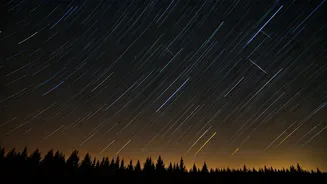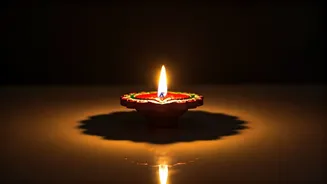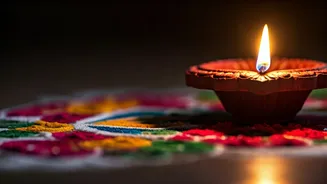About the Lyrids
The Lyrid meteor shower is an annual occurrence, usually active from mid-April to the end of April. This celestial show is caused when the Earth passes
through the dust trail left behind by Comet C/1861 G1 Thatcher. These meteors, or shooting stars, are essentially tiny space debris that enter the Earth's atmosphere at high speeds, creating bright streaks of light as they burn up. The Lyrids are known for producing around 10 to 20 meteors per hour during their peak, a rate that can fluctuate. They often appear to radiate from the constellation Lyra, hence the name, which is where the radiant of the shower is located. The Lyrids are among the oldest known meteor showers, with records of observations dating back over 2,700 years. This historical significance, coupled with their consistent visibility, makes them a favorite among stargazers globally.
Peak Viewing Times
The peak of the Lyrid meteor shower is the time when the greatest number of meteors are visible. The best time to view the Lyrid meteor shower was during the hours of darkness, typically after midnight and before dawn. The specific peak date varies slightly each year, but it typically falls around April 22nd or 23rd. The absence of bright moonlight during the peak enhances visibility, allowing skywatchers to see more meteors. The radiant point in the constellation Lyra rises higher in the sky during the pre-dawn hours, contributing to increased meteor sightings. Observers should ideally find a location away from city lights, which can obscure the fainter meteors. The darkest possible location allows the viewer to see the most meteors, and provides the best conditions for a good view of the shower.
Where to Watch
To fully enjoy the Lyrid meteor shower, choosing the right location is crucial. Away from the glare of city lights, the sky is much darker, making it easier to spot the faintest meteors. Light pollution is a major factor that can reduce the visibility of the meteor shower. Locations such as parks, rural areas, or even higher elevations are ideal. It is important to find a spot with a wide-open view of the sky, free from obstructions like trees or buildings. The radiant point, though in the constellation Lyra, can appear anywhere in the sky. To enhance your viewing experience, make sure to find a comfortable position, perhaps by lying down on a blanket or using a reclining chair, so you can look up without straining your neck. Give your eyes about 20 to 30 minutes to adjust to the darkness. Avoid using any bright lights, as they can reduce your night vision and thus, your ability to witness this spectacle.
What to Expect
During the peak of the Lyrid meteor shower, skywatchers could expect to see an average of 10 to 20 meteors per hour. The Lyrids are known for producing bright meteors, often leaving persistent trails, and occasional fireballs. Fireballs are particularly bright meteors, which stand out significantly and can light up the sky. The Lyrids move at speeds of about 49 kilometers per second as they enter Earth's atmosphere. This rapid speed contributes to their visibility and creates the streaking effect that makes them so spectacular. While the number of meteors can vary from year to year, the Lyrids are considered a reliable meteor shower, offering a good opportunity for viewing. Patience is key, as meteor showers are unpredictable, and meteors may appear in bursts.
Enhancing the Experience
To get the most out of viewing the Lyrid meteor shower, proper preparation is essential. Start by checking the weather forecast and choosing a night with clear skies. Bring a blanket or reclining chair to lie down comfortably and look up. Pack warm clothing, as temperatures can drop, especially during the early morning hours. If you are planning on using a flashlight, make sure it has a red light setting. Red light is less disruptive to night vision than white light. Consider bringing a friend or family member to share the experience. You may also want to use a star chart or a stargazing app to help you identify constellations and other celestial objects. Taking photos of the meteor shower requires a camera, a tripod, and a wide-angle lens. Set the camera to a high ISO setting and a long exposure time to capture the meteors.

















